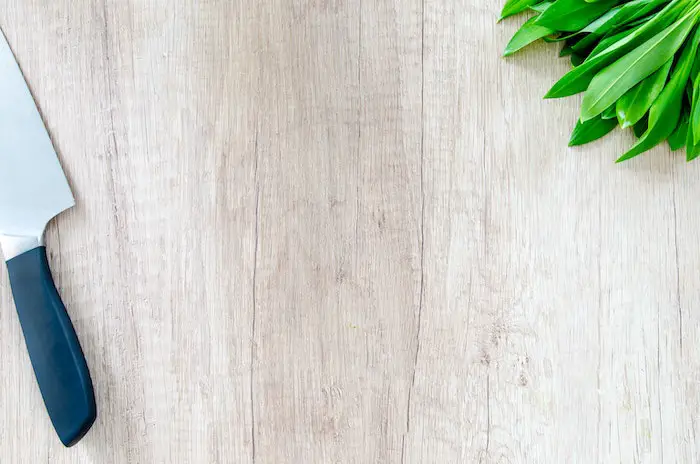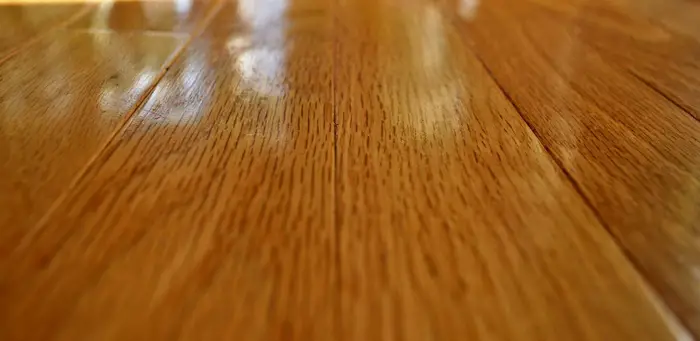Cutting boards end up with a lot of wear and tear, and they often need a bit of help being cared for and kept in good shape for regular use. There are a lot of products out there that claim to rejuvenate your cutting board while also being safe for consumption since your food will be prepared on that same surface, but some of them can be pricy or even have questionable ingredients. Mineral oil has a lot of uses, but as there are sometimes different types when looking at a store for these oils, can something as affordable and common as laxative mineral oil be safe for use on a cutting board?
Cutting boards do very well with any type of mineral oil, even including the type of mineral oil commonly used as a laxative. This oil is one of the more ideal options you can use, and you can safely put it on nearly any wood or metal. Mineral oil is inexpensive, readily available, and you can find it almost anywhere.
That being said, it’s best to use a food-grade type of mineral oil rather than one strictly marketed as a laxative because there can sometimes be additives in these specific oils that aren’t ideal for wood. However, just be sure to check the ingredient list on your mineral oil to ensure that it’s natural and contains nothing unusual, and it should work just as well as any other products on your cutting board. It is completely fine to use and you won’t ingest enough from using it on your board to cause any digestive problems.
Will Laxative Mineral Oil Be Okay to Use on a Cutting Board?
As long as there aren’t any adverse additives, you can use laxative mineral oil on your cutting board without any worries. This will keep your board in prime condition and prevent the cutting board from drying out. Using oil on your cutting board will keep the wood plump and inhibit cracking and warping.
This works by soaking into the pores of the wood, keeping it protected and looking beautiful. Oil also acts a water-resistant agent, reducing the staining and moisture absorption of your board.
Oxidation
What’s great about using mineral oil on your cutting board is its natural resistance to oxidation. Certain oils, especially the ones used in cooking, oxidize once exposed to heat and air. This process makes the oil plaster itself to your cutting board.
This oxidization is why you shouldn’t use coconut or olive oil to season your board. Mineral oil is less likely to succumb to oxidation, and it will remain fluid even after long periods of time and exposure to heat. While mineral oil does eventually oxidize, it does take significantly longer for oxidation to take hold and become problematic.
When is the Best Time to Use Mineral Oil on a Cutting Board?
Whenever you notice your cutting board becoming dry or food stains beginning to set in, it’s time to season your board. Cutting boards dry out due to soaps and detergents stripping away the oils from the surface of the wood. This is why it’s essential that you oil your cutting board—also known as “seasoning” it—from time to time.
Which Type of Mineral Oil is Best on a Cutting Board?
Mineral oils are pretty much all the same, regardless of their advertised purposes, and nearly all of them are suitable for use on a cutting board. However, there are a few things to be aware of before you start slathering any mineral oil onto the wood surface of your board. When opting to use medical-grade mineral oil, you need to ensure there aren’t any additives that might increase the incidence of oxidation taking place.
If the mineral oil you’ve chosen has something like Vitamin E present, this is perfectly safe and will work well for seasoning. However, anything else included in a container of oil can increase the chances of your board becoming sticky and difficult to work with. For some types of mineral oil, it’s advised to melt some beeswax to mix with the oil for added protection and effectiveness.
Other Mineral Oils

In great news, you can find some brands of mineral oil that do already have beeswax included. These oils will often be marketed and produced specifically for oiling things like wood and other surfaces. Since these have a wider range of uses and are not specifically made for surfaces on which food will be prepared, it may be best to simply use mineral oil that’s food-grade or specifically intended for use as an unfinished wood seasoning.
In some cases, you can find other potential mineral oils in much larger amounts and for far less money than the kind of mineral oil you find at the pharmacy. What’s available around you will vary depending upon location, so you may have a number of different options.
What is the Best Way to Season a Cutting Board?
Using mineral oil on a cutting board is simple. Follow the steps below for best results:
- Ensure the cutting board is free of any moisture and completely dry.
- Pour a generous amount of mineral oil onto the surface of the cutting board, taking care to cover the whole thing.
- Let the oil sit overnight or until the wood soaks up all of the oil.
- Wipe up and buff off any remaining oil that didn’t get absorbed.
- Allow the cutting board to sit unbothered for 24 hours before using it.
Conclusion
Laxative mineral oil can be a great way to season your cutting board, but you’ll want to ensure that it’s pure mineral oil and doesn’t contain any additives that may increase oxidation. Also, consider melting a little beeswax into the oil to enhance its properties. However, all in all, laxative mineral oil is very safe and effective for use on a cutting board.
See Also:
Are KitchenAid Knives Good? (Explained)
Can You Put Enameled Cast Iron In The Oven?
4 Best Dutch Ovens For Deep Frying
8 Best Pressure Canners For Glass Top Stove


